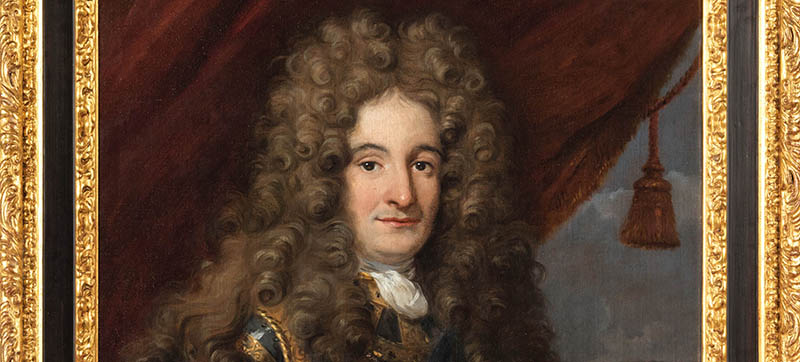Giuseppe Passeri was without a shadow of doubt one of the main protagonists in the world of art in Rome during the second half of the Eighteenth century. This was on account of his innate talents in painting. He made his first pictorial moves with his uncle, the painter and historian, Giovanni Battista but his real maestro was none other than Carlo Maratti who made him study the most important artists of renaissance Classicism and the Baroque. He was encouraged to study, in particular, Annibale Carracci, Guido Reni and Nicolas Poussin. From this prince of painters Passeri also acquired – as we shall see – a talent for the genre of portrait painting. He was soon able to produce a style that went beyond the noble Classicism in the manner of Carlo Maratta. In his works, the brush-strokes are swift and fluid and his is a pictorial style that was ahead of its times and able to interpret the teachings of Gaulli and the finest painters of the Roman maniera. Towards the end of the century, he specialised in portraits of the clergy and the aristocracy and was much appreciated for this. An illuminating example of this is the effigy he painted of the Marchese Costanzo Patrizi – one of his masterpieces – in which he portrayed the elegantly-attired Knight of Malta and demonstrated all of his previously mentioned innately balanced and highly original pictorial and compositional skills.
In the Catalogue of the June Sale there will be a magnificent View with the Basin of St Mark’s from the Church of Santa Maria della Salute by Canaletto and hailing from the Eighteenth century once more, with a view looking far into the distance from the Riva degli Schiavoni: it is one of Canaletto’s most repeated works and evokes memories of the Grand Tour.
In his 1962 catalogue, William George Constable listed several of these replicas, including one at Windsor and another at the Wallace Collection. Antonio Morassi, in 1963, added this beautiful version that had once been in the collection of Viscount Hambleden. The appropriateness of the setting that was achieved with incredible simplicity and dominated by the large expanse of sky, the pictorial solidity of the work under examination and the exquisite paint-work and play of light would place this work – one of the artist’s most successful series of replicas – within the central period of the painter’s career, according to Morassi – thus at the beginning of the 1750’s.
1020 Views |
Like

